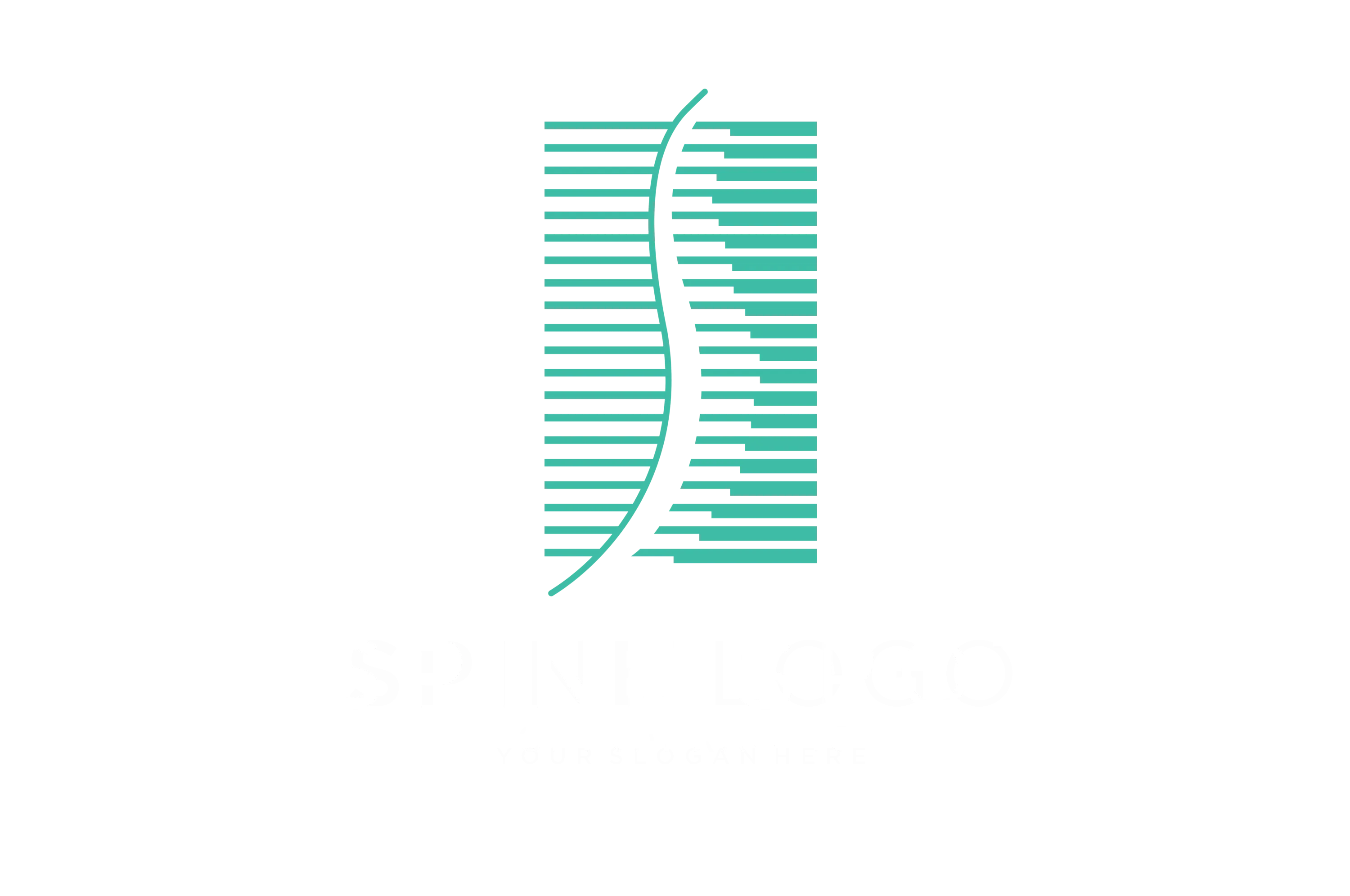Sacro-Occipital Technique (SOT) Blocking
The Sacro-Occipital Technique (SOT) Blocking is a specialized chiropractic method utilized to address various pelvic and spinal issues. It involves the strategic placement of blocks, often referred to as This article explores the principles, applications, and effectiveness of SOT blocking focussed on rectifying issues with the sacroiliac joint and spinal cord in addressing musculoskeletal conditions.
What is Sacro-Occipital Technique (SOT) Blocking?
Understanding the principles of SOT
The Sacro-Occipital Technique (SOT) is based on the relationship between the sacrum, pelvic bones, and the occiput at the base of the skull. SOT understands the intricate connection between the sacrum and not only the occiput but also the delicate balance of the vertebra structure and the impact of their alignment on the central nervous system.
How does SOT blocking, a type of pelvic blocking focusing on the cranium and anterior adjustments, differ from traditional chiropractic methods?
SOT blocking, especially in dealing with the lumbar spine and the base of the spine, differs from traditional chiropractic methods by focusing on the weight-bearing musculoskeletal system and the body's relationship to gravity. It emphasizes the importance of pelvic stability and alignment in supporting the spine and optimizing the function of the nervous system.
Applications of SOT, including its focus on connective tissue like ligaments, in addressing anterior pelvic and spinal issues.
Chiropractors utilize SOT blocking to address a range of conditions including pelvic sacral dysfunction, low back pain, and restrictions in range of motion. By providing targeted support to the sacrum, pelvis, and spine, SOT blocking aims to restore balance and alleviate discomfort in these areas.
How Can SOT Blocking Help with Pelvic and Spinal Pain?
Assessment and diagnosis of pelvic and spinal issues using SOT
Chiropractors skilled in SOT blocking use specialized assessment techniques to identify misalignments in the lumbar spine and connective tissue of the pelvis and spine. By analyzing the relationship between the pelvis, spine, and cranial structures, they can pinpoint the areas requiring intervention and treatment.
Benefits of sacro occipital technique (SOT) blocking in addressing back pain, cervical issues, and improving the range of motion within the sacroiliac joint.
SOT blocking has been scientifically proven to be effective in addressing issues in the lower back and sacroiliac region, pain, improving spinal alignment, and enhancing the range of motion in the vertebra, benefiting affected individuals. By providing targeted support to the pelvic and spinal structures using the sacro occipital technique and focusing on the sacroiliac joint, SOT blocking aims to alleviate discomfort and enhance mobility.
Case studies demonstrating the effectiveness of SOT blocking, focusing on cervical, sacroiliac joint, and the cranium, in treating anterior pelvic and spinal conditions.
Several case studies have highlighted the success of SOT blocking in treating various pelvic and spinal conditions. These studies underscore the potential of SOT blocking, focusing on the sacroiliac joint and anterior adjustments, as a valuable approach in chiropractic care for addressing musculoskeletal and brain and spinal cord issues.
Techniques and Tools Used in SOT Blocking
Understanding the role of pelvic sacral blocks in SOT
Pelvic sacral blocks are placed strategically to support and stabilize the sacrum, addressing pelvic imbalances and promoting spinal alignment. These blocks, properly positioned on the lumbar and base of the spine, play a crucial role in restoring optimal function to the pelvis, spine, and supporting the health of the brain and spinal cord.
Using wedge and foam blocks for mobilization in SOT
Chiropractors leveraging the method of SOT may utilize wedge and foam blocks to mobilize and restore proper movement to the sacrum, pelvis, and the vertebra of the spine. These tools assist in re-establishing the normal dynamics of the pelvis and spinal structures.
The integration of SOT with other chiropractic techniques aids in optimizing brain and spinal cord health through addressing spine and pelvic issues.
Chiropractors often integrate SOT with other chiropractic techniques to provide comprehensive care for spine and pelvic health. This integrated approach of sacro occipital technique aims to address musculoskeletal issues including those in the sacroiliac joint and cervical region from multiple angles, promoting overall well-being.
Choosing a Qualified Chiropractor for SOT Blocking
Qualifications, training, and understanding the relationship between the brain and spinal cord are required for practicing SOT blocking.
Chiropractors specializing in SOT blocking undergo specific training and certification to ensure their proficiency in applying this technique. It is essential to seek out practitioners with the necessary qualifications and expertise in SOT blocking, particularly those experienced with this approach.
What to look for in a chiropractor specializing in SOT
Individuals seeking chiropractic care involving SOT blocking that targets the sacroiliac joint and vertebra should look for practitioners with a strong understanding of the musculoskeletal system and the cerebrospinal fluid circulation, as well as specialized knowledge in SOT DeJarnette method. Experience and a record of success in treating conditions related to the brain and spinal cord, including the lumbar spine, through SOT blocking are also crucial considerations.
Understanding the role of SOT in orthopedic blocking and spinal care
Employing the sacro occipital technique plays a significant role in orthopedic and pelvic blocking, helping to rectify spinal care issues by addressing pelvic and spinal imbalances that contribute to musculoskeletal issues. It provides targeted support and alignment to enhance the body's natural healing mechanisms and promote long-term spinal health.
What is SOT (Sacro Occipital Technique)?
SOT stands for Sacro Occipital Technique (or Technic). “Sacro” means “related to, or associated with the sacrum.” The sacrum is the foundation of the spine. The sacrum is often called the tailbone though this is not exactly correct. “Occipital” means “related to or associated with the occiput.” Occiput means “the back of the head.” So traditionally, SOT is a method of normalizing the relationship between the foundation of the spine and the top of the spine. It is this relationship and how these two bones get along with one another, that has been proven to be so important in the normal functioning of the brain and spinal cord. The word “Technic” is another way of spelling “technique”. Either word means “the way to get the job done, scientifically and in a short period of time”.
The sacro-Occipital Technique (SOT) was originally formulated by Major Bertrand DeJarnette (The Major) who was a Doctor (chiropractor and osteopath) and Engineer in the 1920’s. The Major was inspired to go beyond simple spinal adjusting and developed methods of correcting the Cranium, Pelvis, Extremities, and Organs. This study brought about a system of adjusting patterns in the body, not just single body parts. The most significant pattern was the relationship between the sacrum and occiput (which became the name of the technique).
An important distinction of SOT is the use of indicators. Each adjustment has a sign or signal that we use to know when and where to adjust. For example, muscle tension at the knee may indicate the pelvis needs correction, and connective tissue fibers at the base of the skull (called occipital fibers) indicate different vertebrae in the back or spine may be in need of an adjustment. This also tells us on the next visit if the correction has been completely or marginally effective. From these indicators, we design a different adjustment set on each visit, listening to the body each time. It takes study to master this method of care, but it makes for an effective, precise adjustment without relying exclusively on X-rays.
The Sacro Occipital Technique, also called SOT, was developed by Major Bertrand DeJarnette, DO, DC in the late 1920s and has been researched and developed over the ensuing years. SOT is a commonly used chiropractic technique designed to reduce or eliminate pain or disorders in the craniospinal, TMJ, head, neck, back and pelvis, extremities (foot, ankle, knee, and hip as well as hand, wrist, elbow, and shoulder) and in specific cases improve organ function.
One of DeJarnette’s great discoveries was a category system that recognizes that human structures have specific patterns of imbalance. By generalizing patients into three categories DeJarnette developed methods of determining three identifiable, yet interrelated, systems of body reaction. Through the use of specific indicators, location, and correction of these body patterns a system of before and after treatment tests can be applied to evaluate the need for care and whether the care was successful.
Category I - deals with the primary respiratory mechanism between the sacrum and occiput. This relationship is described typically as pelvic torsion (twisting of the pelvis that makes it seem as if one leg is shorter than the other) with limited sacral nutation (tailbone movement). The spinal and cranial meningeal and cerebrospinal fluid (CSF) systems function, to a degree, like a closed kinematic chain. Therefore the sacral or tailbone meningeal attachments and reduced movement can have an effect on the tissues above such as the spine with meningeal altered tensions, CSF stagnation, and altered vascular-related function.
Category II - involves over-motion or instability of the sacroiliac joint causing a dysfunctional relationship between the tailbone and pelvis. The sacroiliac weight-bearing joint sprain makes it difficult for the body to maintain itself against gravity and function at its optimum. It is common with this category to find low back imbalance which can affect the knees, shoulders, neck, and TMJ in Category II patients. When Category II patients are not treated and the condition persists it can lead to a Category III type condition.
Category III - is commonly associated with severe low back pain relating to sciatica or disc herniations. Patients often have difficulty standing up straight and can be leaning to one side and forward. They will have pain when they cough or sneeze, attempt to sit or arise from a seated position, or even just put on their shoes. It is also possible to have numbness or weakness in the legs.
SOT offers very specific methods that are effective and specific for each individual patient’s needs. Each patient is treated individually and in some instances, other SOT methods are needed to improve the function of organs (CMRT – chiropractic manipulative reflex technique), cranial bone and TMJ (jaw), and foot, ankle, knee, hip as well as hand, wrist, elbow, shoulder function.
SOT technique is one of the many adjusting methods utilized by Dr. Fraser.
Chiropractic Adjusting Techniques
- Diversified
- Gonstead
- Thompson
- Activator
- Extremities
- Cox Flexion/Distraction
- Webster's
- Palmer Package
- Toggle
- SOT
Want to try chiropractic adjustments in Basalt, CO?
Dial 970-924-1015 to reach Dr. Fraser and schedule a treatment session.

